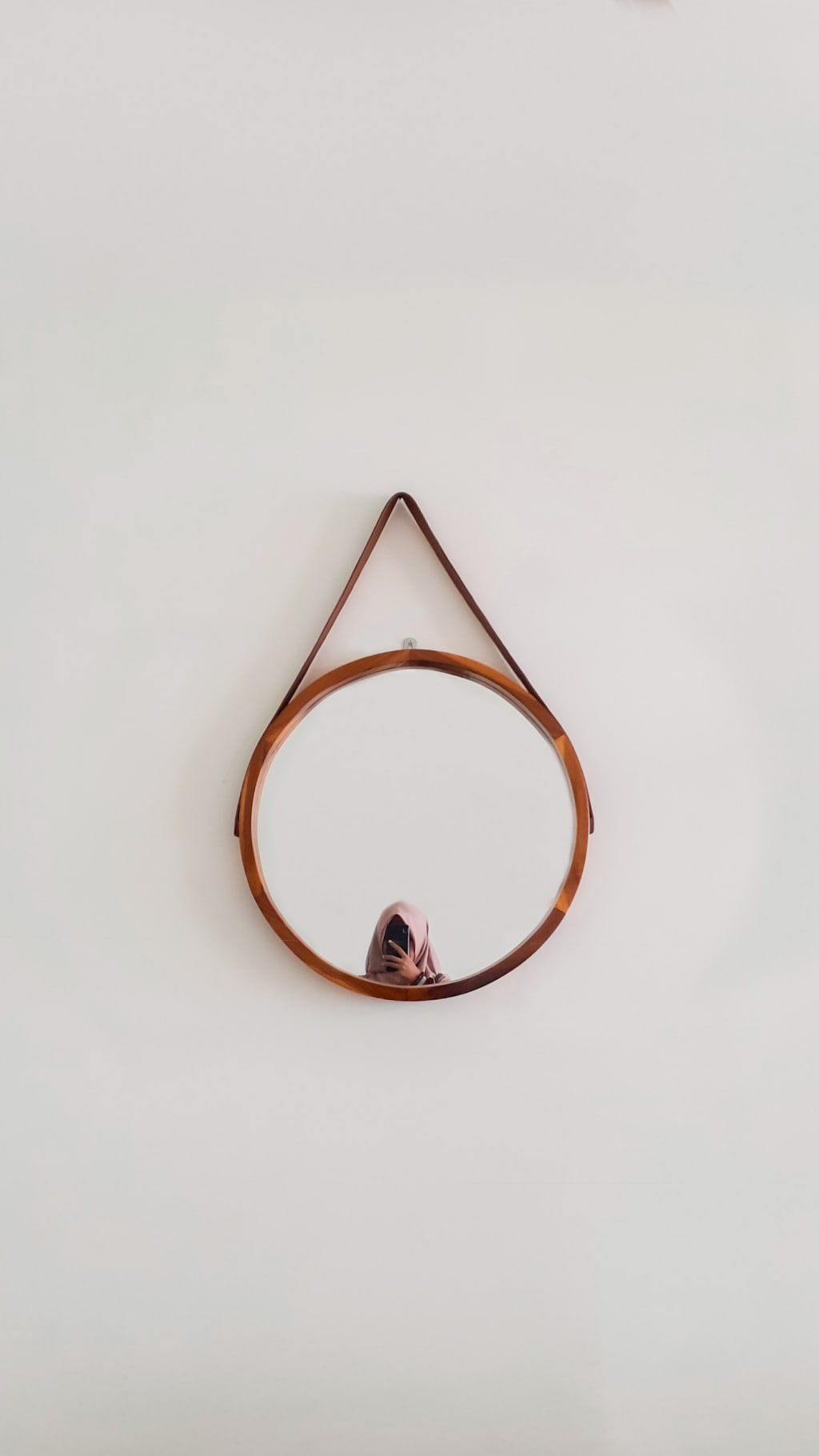Content warning
This story may contain sensitive material or discuss topics that some readers may find distressing. Reader discretion is advised. The views and opinions expressed in this story are those of the author and do not necessarily reflect the official policy or position of Vocal.
The Intersection of Art and Technology: Exploring Digital Art
The Intersection of Art and Technology: Exploring Digital Art

The Intersection of Art and Technology: Exploring Digital Art
Art has been an integral part of human expression for centuries, captivating and inspiring people across cultures and generations. From the ancient cave paintings to the Renaissance masterpieces, art has evolved and adapted to reflect the changing times and advancements in technology. In recent decades, the rapid growth of technology has paved the way for a new form of artistic expression known as digital art. This art form embraces the intersection of art and technology, unleashing a world of infinite possibilities and pushing the boundaries of creativity. In this article, we will delve into the realm of digital art, examining its origins, evolution, and impact on the art world.
Digital art can be broadly defined as any artistic creation that involves the use of digital technology. It encompasses a wide range of mediums, including computer-generated imagery (CGI), digital painting, interactive installations, virtual reality (VR), and augmented reality (AR). The emergence of digital art can be traced back to the 1960s, when computer technology started becoming accessible to artists. At this time, pioneers such as Frieder Nake, Georg Nees, and Vera Molnár began experimenting with computer algorithms and programming languages to create visual artworks. These early explorations laid the foundation for the future of digital art.
The 1980s witnessed a significant breakthrough with the introduction of personal computers and graphic software. Artists now had the tools to manipulate and transform images, opening up new possibilities for artistic expression. This era saw the rise of pixel art and digital imaging, with artists like Susan Kare leaving an indelible mark on the art world through their iconic designs for early computer interfaces. As technology continued to advance, so did the capabilities of digital art.
The 1990s brought forth a wave of experimentation and exploration in the digital art scene. Artists began incorporating multimedia elements, combining visual art with sound, video, and interactive elements. This era saw the birth of net art, a form of digital art that utilizes the internet as its medium. Artists like Olia Lialina and Heath Bunting created interactive web-based artworks, challenging traditional notions of art and exploring the potential of the digital realm.
With the turn of the millennium, digital art gained even more prominence and recognition. Galleries and museums started showcasing digital artworks, and new platforms and online communities emerged, providing a space for artists to share their creations with a global audience. Artists such as Cory Arcangel and Rafael Lozano-Hemmer began pushing the boundaries of interactivity, using technology to engage viewers in unique and immersive experiences.
One of the defining characteristics of digital art is its fluidity and adaptability. Unlike traditional art forms, digital art can be easily reproduced, shared, and modified. This accessibility has led to a democratization of the art world, allowing artists from diverse backgrounds to express their creativity and gain recognition. Moreover, digital art has blurred the line between artist and audience, inviting active participation and collaboration. The rise of social media platforms and online communities has created a vibrant ecosystem where artists can connect, collaborate, and engage with their audience directly.
Digital art has also opened up new avenues for artistic exploration, with artists harnessing the power of technology to create immersive and interactive experiences. Virtual reality (VR) and augmented reality (AR) have revolutionized the way we perceive and interact with art. Through VR headsets or mobile devices, viewers can step into a virtual gallery or museum and experience art in three-dimensional spaces. Artists like Marina Abramović and Anish Kapoor have embraced these technologies, pushing the boundaries of traditional art forms and challenging our perception of reality.
The impact of digital art extends beyond the art world itself. Technology has enabled artists to address social and political issues, amplifying their messages and reaching a wider audience. Digital art has become a powerful tool
About the Creator
Enjoyed the story? Support the Creator.
Subscribe for free to receive all their stories in your feed. You could also pledge your support or give them a one-off tip, letting them know you appreciate their work.





Comments
There are no comments for this story
Be the first to respond and start the conversation.